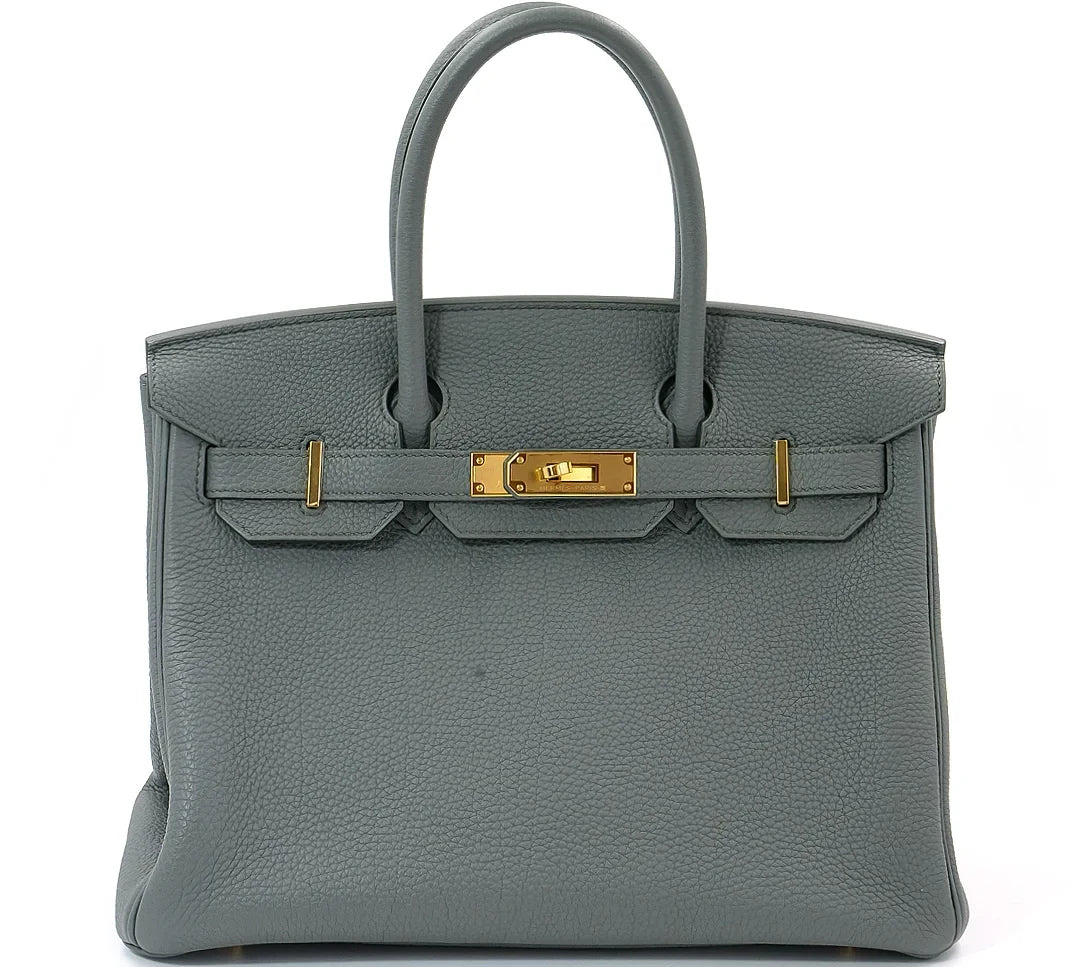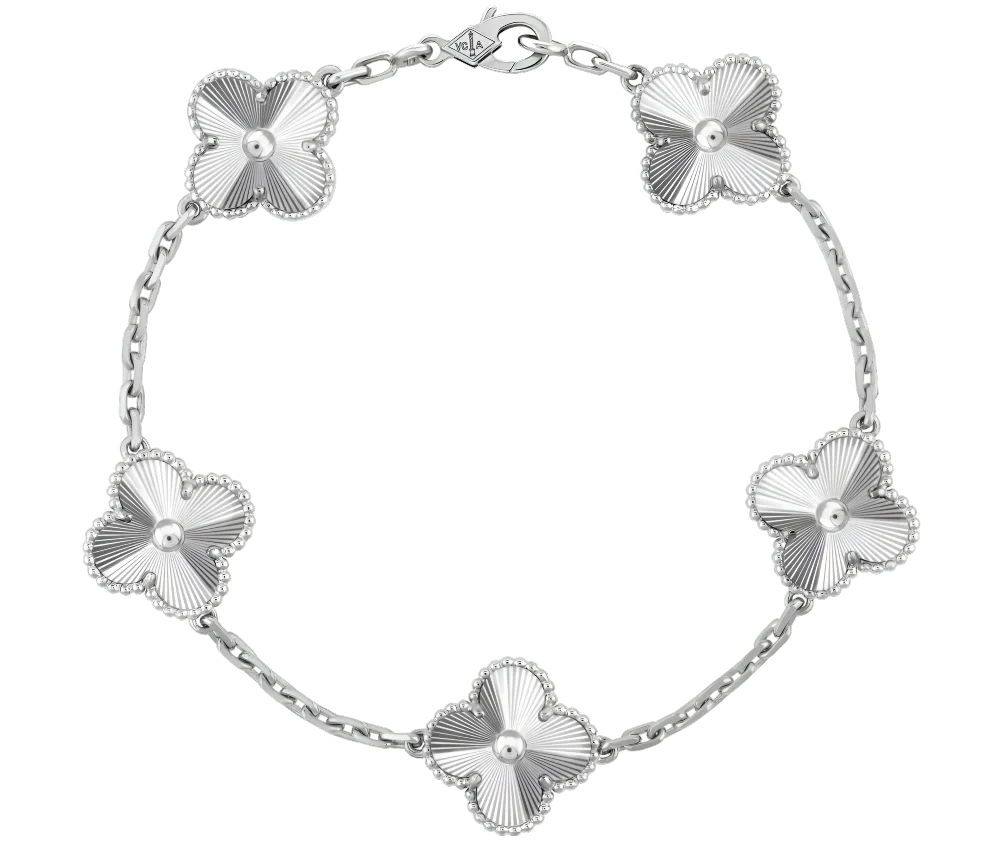Hermès Heritage in the Modern World: Kennels, Kellys, and Circular Luxury

Hermès bags is one of the rare fashion houses to cross respect and enduring jealousy. Since its days in the 19th century, it has come a long way from being a Paris harness atelier to becoming one of the world's most sought-after luxury houses. The heritage that the brand stands upon is strong, yet still steers, striking a balance between its age-old identity and newer trends such as circular luxury.
The Establishment of Hermès
Thierry Hermès set up a workshop in Paris in 1837 to produce saddles and leather accessories for the carriage trade. He had a client base among Europe's upper class due to his commitment to good workmanship, attention to detail, and material quality.
Evidence of Hermès' equestrian past is still present today. The company's logo features a horse and carriage, and several bags feature horseback-related decorations, such as saddle stitching and solid metal hardware.
Eternal Hermès Masterworks
The two most signature masterpieces from the brand are the Kelly and the Birkin, representing luxury.
The Kelly Bag first emerged during the 1930s as the Sac à dépêches. It then got renamed in 1956 when Grace Kelly famously used it to hide her pregnancy from the paparazzi.
The Birkin bag first appeared in the 1980s following a serendipitous encounter between Jane Birkin and Hermès director Jean-Louis Dumas. The Birkin was gigantic inside and sparse outside, and it soon found itself at the top of the world's most coveted handbag list.
Though Hermès is perhaps best known for its bags, the brand also makes scarves, belts, and housewares that are similarly infused with the same level of handcraft and deference to artistry that its bags have.
How Hermès Merges Tradition with Modern Culture
Hermès stayed hip without losing the integrity that made it iconic. It keeps old-fashioned handcrafting but incorporates new elements of new color, seasonal releases, and tech-material advances.
It branched out online without losing its one-on-one service and make-to-order approach that define its store environment. Such merging of tradition and convenience has placed Hermès where it belongs in the evolving marketplace.
The Age of Circular Luxury
Circular luxury encourages resale and recycling of properly cared-for products, avoiding waste and creating maximum product life. It is appropriate to apply to Hermès bags. They are eternal and quality products that can be transferred from hand to hand and retain their value.
Second-hand Hermès brings the luxury within reach at a fraction of the expense, is environmentally friendly, and keeps the items in use and not discarded. It also ensures that they are investment pieces.
Why Hermès Is Still a Source of Inspiration Across Generations
Hermès is attractive to established collectors and new buyers. Hermès handbags are not simply fashionable. They are heritage, craftsmanship, and personality. To royalty, stars, and top players of their eras, Hermès stands as a beacon of culture.
How long a span of decades a Birkin or Kelly can remain in the spotlight is a measure of how lasting their popularity is.
Closing Remarks
For nearly two centuries, Hermès has managed to stay anchored to its origins while re-adapting its strategy to ensure it is in step with the needs of the day. From its initial years with horse leather accessories to being a sustainable circular luxury champion today, it is a testament that tradition and innovation can coexist.
We achieve the same equilibrium in Gemaee. We offer authentic Hermès products that reflect the tradition and commitment of the brand to quality. Gemaee always puts it upon themselves to ensure that all Hermès handbags they sell are certified by Bababebi, which offers each customer utmost confidence in their purchase.






Leave a comment